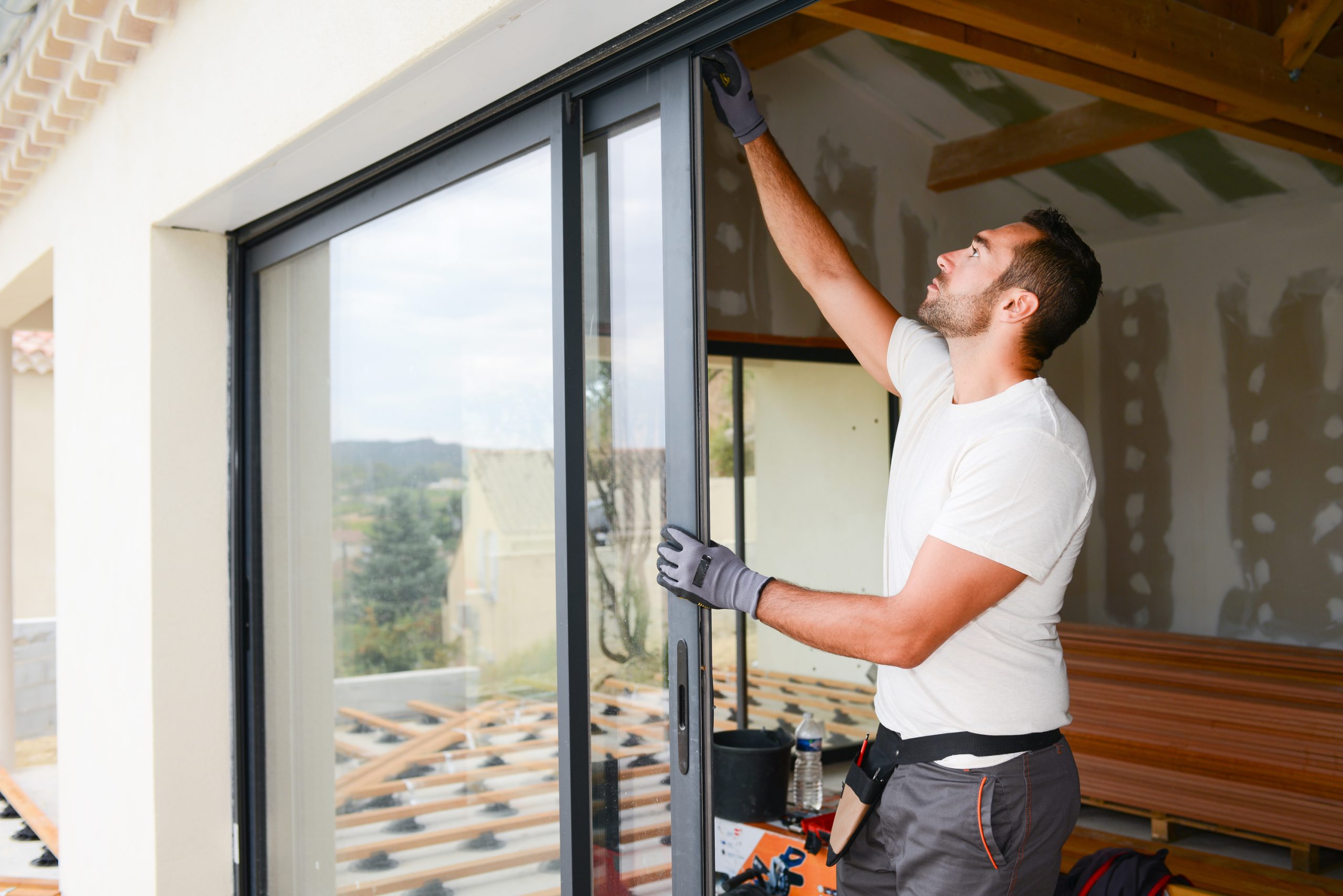Published on: March 23, 2023

Replacing old, outdated windows can work wonders for improving your home’s energy efficiency. But to get the most out of your replacement windows, you need to know what you’re looking for.
Many homeowners replace their windows because they notice a draft or they know their energy bills could be lower. New windows could make your home a more comfortable place to be year-round and can reduce utility bills and help you conserve energy.
The challenge is, if you’ve never purchased windows, all the markings and information about the windows will likely seem foreign to you. Here’s a look at crucial factors that will impact the selection of your windows.
This guide will prepare you for selecting the best replacement windows based on home energy use. Here’s a look at the six factors that impact window energy efficiency.
Most homeowners are not surprised to learn that the glass on windows is an essential element when it comes to energy efficiency. Selecting a glass option that is a good fit for your climate can aid in reducing heating and cooling expenses because it reduces thermal transfer.
Select a window with dual or triple pane glass. These windows have inert argon gas between the glass panes to further insulate your home.
You can add ultraviolet protection to the windows by selecting one that is laminated, tempered, tinted or obscured.
And while the glass is important to energy efficiency, window coverings can provide an added layer of protection. On sunny days, keeping blinds or curtains closed will improve energy savings. And on cold days, keeping windows covered adds more insulation to your home.
When your windows are installed properly, they form a tight seal with your walls to prevent air transfer as well as keep water out. This not only reduces heating and cooling costs but also reduces the likelihood of dealing with water damage within your home’s walls.
Poorly installed windows also don’t operate well. A good window installation team will check the plumb, square, bowing and level of your windows to ensure they are operational and sealed.
You also want to know that your installation team will reinstall the siding around your windows correctly to build a strong barrier and keep your house looking great. Consider curb appeal before hiring the window installation team that provides the lowest quote for the job. Do your research, read reviews and ask around about the experience neighbors or friends have had with the window installation team before hiring them.
The direction your windows face can impact which window coating you select. So you might choose a variety of window coatings to match the amount of afternoon sunlight your windows experience.
Adding low-emissivity (low-E) glass coatings to windows in areas with ample sunlight will provide added thermal protection. Low-E glass can help:
The window frame material you select will also impact its energy efficiency. Review the various possible materials to decide what’s best for you.
Adding foam insulation can further improve the window’s energy efficiency regardless of what material you select for your window frames.
As you shop for energy-efficient windows, you’ll be introduced to a wide range of labels and ratings. These ratings come from third parties, such as ENERGY STAR and NFRC. And while they can help guide you in finding the best windows, you have to know what you’re looking at to avoid comparing apples to oranges.
ENERGY STAR is a program from the U.S. Environmental Protection Agency (EPA). The program is designed to help individuals and businesses conserve energy and lower utility bills. When you see this rating on a window, it means that the EPA has certified the window as meeting or exceeding energy performance standards in your state.
If you currently have single-pane windows in your home, research shows that upgrading to an ENERGY STAR window could save you an average of 12 percent on your heating and cooling expenses. The average household also reduces CO2 emissions by 1,006 to 6,205 pounds. If you’re going from double-pane, clear glass windows to ENERGY STAR windows, you’ll likely reduce your household CO2 emissions by 246 to 2,001 pounds.
Another rating to look for is the National Fenestration Ratings Council (NFRC), which is a nonprofit that developed energy ratings for windows. This rating reviews the window as a whole and not just the glass. The rating is the only approved way of comparing the whole window’s energy efficiency with other windows.
When reading the NFRC label, you’ll want to look at two items. The first is the U-Factor. This tells you the heat rate going in and out of the window hourly. You want to see a low number on this rating because that tells you the window has strong insulating properties.
The second item to review is the Solar Heat Gain Coefficient (SHGC). This tells you how much solar radiation enters your home in the form of heat. Again, a lower number here is good because it tells you that the glass is allowing less heat inside.
2FL Windows, Siding and Roofing offers high-quality window installation to improve your home’s energy efficiency. Our in-home estimate allows you to ask questions and learn about the best window options based on your budget and requirements. Schedule your free in-home estimate now.

Want to learn more about energy-efficient windows? Here are some answers to common questions people ask as they shop for this crucial home feature.
When it comes to operable windows – or windows that you can open – hinged-sash windows are the most energy-efficient option. That’s because they are weathertight when closed. Hinged-sash windows include casement and awning windows.
You can save up to 12 percent on your annual heating and cooling costs. For the average home, that amounts to $100-$600 per year depending on the size of your home and where you live. That could make the investment in energy-efficient windows more attractive.
Energy-efficient windows average $300-$1,000 per window. While these windows cost more upfront, they generally offer greater whole-home comfort and reduce energy bills, making the investment well worth it.
FURTHER READING:
Comments are closed.

Read the latest articles about windows.

[…] Energy-efficient Replacement Windows: How to Pick the Best […]
[…] Energy-efficient Replacement Windows: How to Pick the Best […]
[…] Energy-efficient Replacement Windows: How to Pick the Best […]
[…] Energy-efficient Replacement Windows: How to Pick the Best […]
[…] Energy-efficient Replacement Windows: How to Pick the Best […]
[…] Energy-efficient Replacement Windows: How to Pick the Best […]
[…] Energy-efficient Replacement Windows: How to Pick the Best […]
[…] Energy-efficient Replacement Windows: How to Pick the Best […]